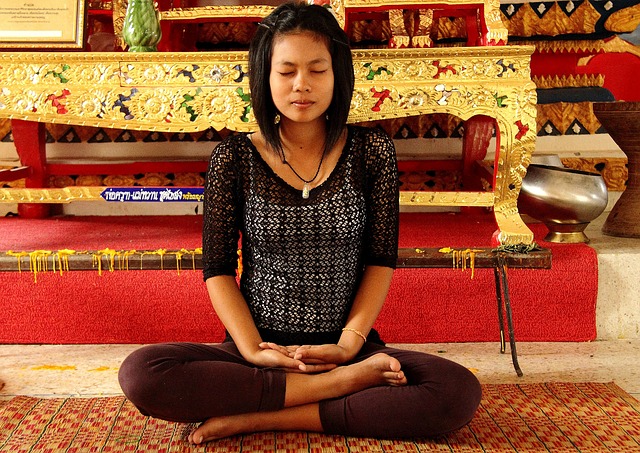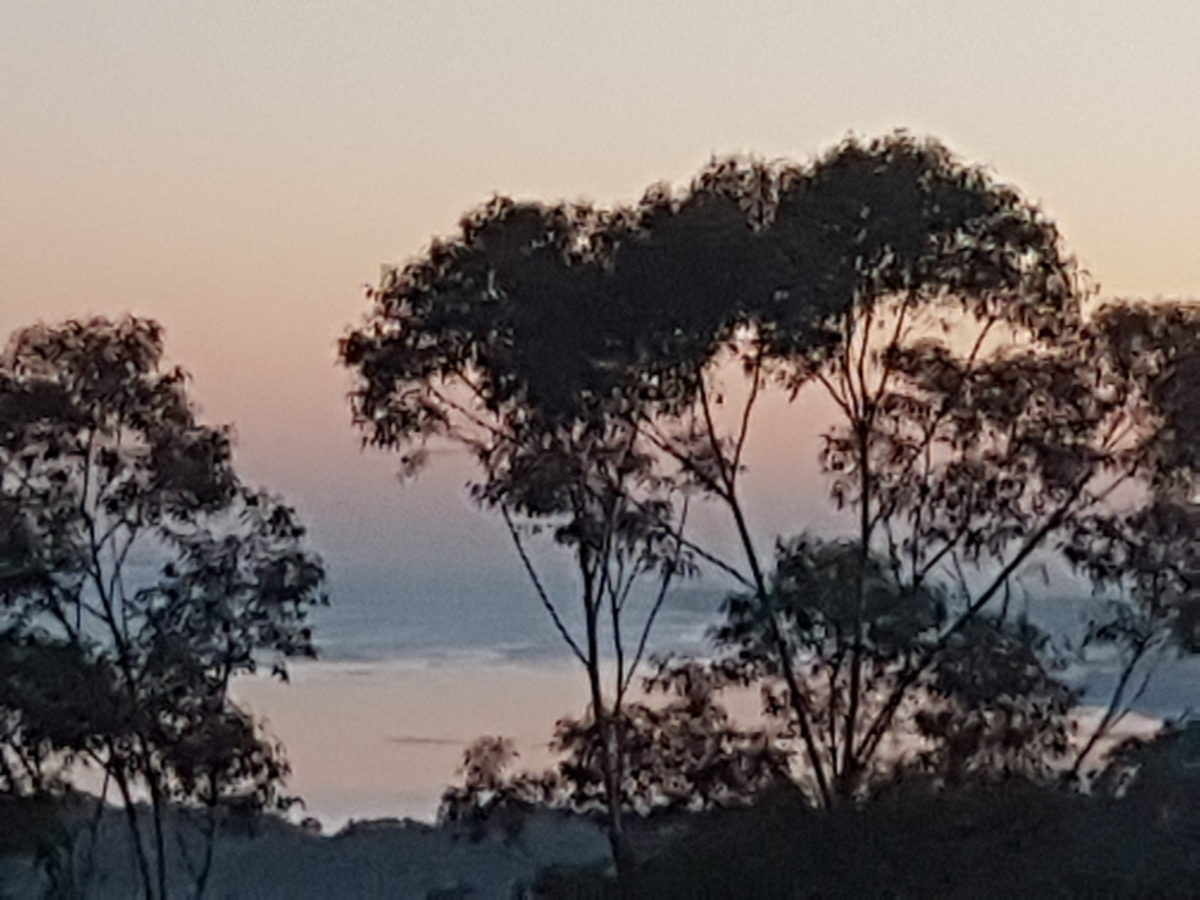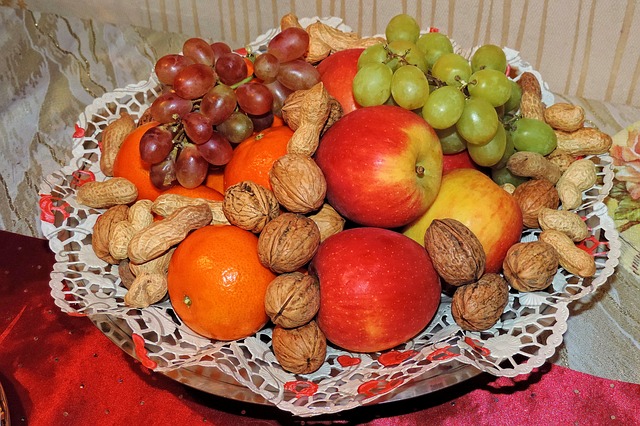Jon Kabat-Zinn, in his book, “Coming to Our Senses”, suggests that his call to awareness has to be interpreted both literally (being conscious of the senses of the body) and metaphorically (behaving sensibly).
He describes each of the senses as a terrain and discusses mindful eating in a section of his book called “tastescape” (“touch”, for example, constitutes the “touchscape”).
Kabat-Zinn argues that we often eat mindlessly, unaware of what we are eating, with limited consciousness of taste and texture (we are too busy talking or thinking about other things). He suggests that we have lost the fundamental purpose of eating:
Thus eating has has become increasingly separated from survival and maintenance of life in our consciousness. For the most part, we eat with great automaticity and little insight into its critical importance for us in sustaining life, and also in sustaining health (p.231).
In his Stress Reduction Clinic, he starts his training with getting people to eat a raisin slowly and sensuously because it brings participants into the moment, the present, and dispels all misunderstanding re the nature of meditation. He suggests that such an exercise increases “wakefulness”:
Eating one raisin very very slowly invites you to drop right into knowing in ways that are effortless, totally natural, and entirely beyond words and thinking. It is an invitation that is unusual only in that we tend to eat so automatically and unconsciously (p.230).
Not long after first reading about mindful eating in Kabat-Zinn’s book, I was travelling interstate and purchased a packet of “goodies” to eat, comprising almonds, pistachio nuts and cranberries. I decided to experiment with mindful eating as he describes the process.
I started with an almond and felt the ridged exterior and firm texture with my tongue and gradually bit into its firm surface. Slowly, I tasted the distinctive flavour of the almond and appreciated this sensation which tended to be short in duration. I followed this up with putting a pistachio nut in my mouth and felt the smoothness and wave shape of its surfaces. As I bit into the pistachio, I had a stronger sense of flavour than with the almond and this tended to last a bit longer. Lastly, I placed a cranberry in my mouth and felt its wrinkled and rough surface with my tongue. Biting into the cranberry was a very different sensation again – an explosion of flavour that tended to linger.
Normally, I would have thrown a handful of these nuts and cranberries into my mouth and, in the process, lost the distinctive sensations of differences in taste and texture. Kabat-Zinn suggests that we often eat with “stunningly little awareness of what or how we are eating, how fast we are eating, what our food actually tastes like, and when our body is telling us it is time to stop” (p.232).
He suggests that if we take time for mindful eating we can experience the rewards both physically and psychically:
If we slow down a bit, we can intentionally bring awareness to tasting anything we are eating, to be with this mouthful of food, and to really taste it, chew it and know it before we swallow it. (p.233)
Elsewhere in “Coming to Our Senses”, Kabat-Zinn explores the connection between our brain and our senses, as well as with our memories and awareness. To appreciate this, you just have remember the last time a bit of food evoked a distant memory.
Image source: Courtesy of Pixabay.com




